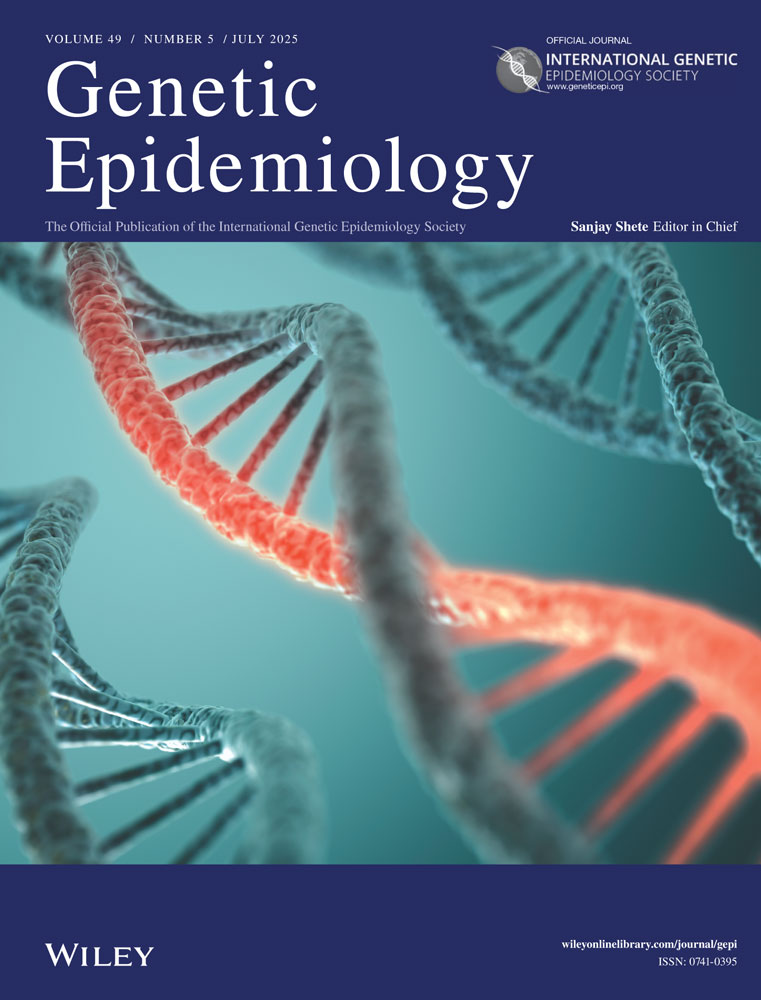Alzheimer's disease: A piscatorial trek
Abstract
The evidence for linkage between Alzheimer's disease and markers on both chromosomes 19 and 21 [Pericak-Vance et al., 1991] by the affected-pedigree-member (APM) method [Weeks and Lange, 1988] cannot be replicated on any of the available GAW8 data sets when marker allele frequencies are estimated from the combined sample. The strong dependence of the APM method on accurate estimation of marker allele frequencies, and the effects of noninformative pairs and of genetic distance in informative pairs of relatives are illustrated. © 1993 Wiley-Liss, Inc.




